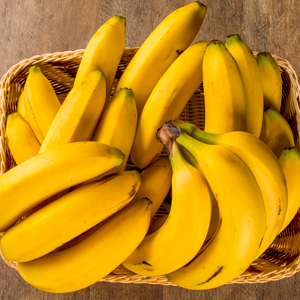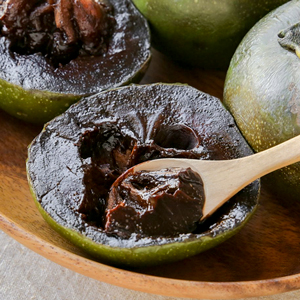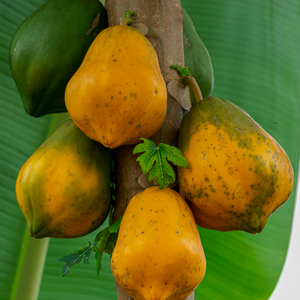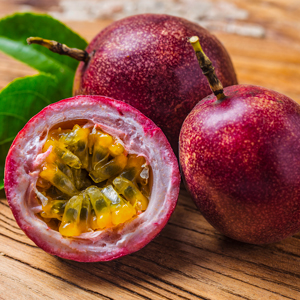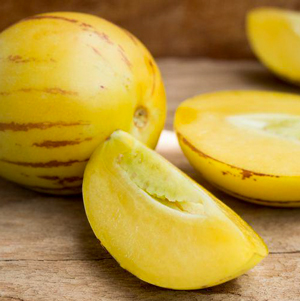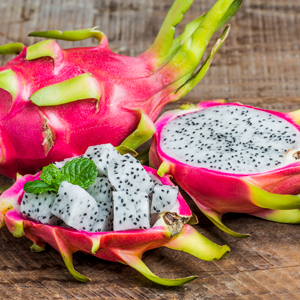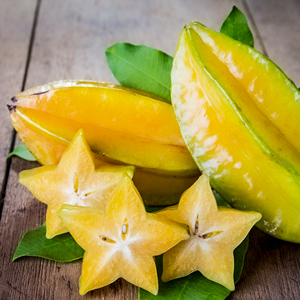-
BANANA
Banana, which is a high nutritional source and rich in vitamins B1, B2, C, A and E, potassium, iron, calcium, phosphorus, sodium and iodine, is carefully grown in our Dost Tropic production areas.
-
CHOCOLATE FRUIT / BLACK SAPOTE
The fruit, whose internal structure turns into a chocolate color when fully ripe, is equal in taste and flavor to the chocolates sold. The fruit, which is rich in vitamins A and C, offers a natural, healthy and additive-free chocolate flavor.
-
GUAVA
Guava has dark green, oppositely simple elliptic or oval leaves ranging from 5–15 cm in length. Guava is in the group of super fruits thanks to its high content of dietary fibers, vitamin A, vitamin C, folic acid, potassium, manganese and copper
-
PAPAYA
PAPAYA, a tropical fruit type, originated from South America. The inside of the fruit, which we grow in our DostTropic production areas, is dark orange in color and tastes like a pumpkin. Papaya is a stone fruit, but it can be consumed with the seeds. It is known that papaya has high vitamin values, is beneficial to the digestive system with its fibrous structure, helps to strengthen the immune system and is a source of potassium.
-
PASSION FRUIT
Passiflora / Passion Fruit tropical fruit originated from South America. It can be grown in tropical and subtropical areas. Passiflora, which is very efficient in terms of nutritional value, is also widely used in the field of pharmacy. It is known to be effective against insomnia, stress, mental distress and nervousness. The fruits we grow in the Passiflora Edulis genus are on the colors of Purple and Yellow.
-
PEPINO MELON
Pepino Melon, which is from the solanaceae family, is known in Turkey for its taste similar to Melon, Banana and Pineapple. Pepino Melon, which is thin-skinned and has no seeds, is completely edible. It has many benefits, especially cell renewal and bone development.
-
PITAYA / DRAGON FRUIT
Pitaya, which has high nutritional value, is also known as Dragon Fruit. The peel of the fruit has a thick appearance, but it is thin and easily peeled. Pitaya can have White, Purple, Red and Pink inner color. The fruit, which is very low in calories, contains vitamins B1, B2, B3, and minerals such as iron, calcium and phosphorus. It is very beneficial for health with its high fiber and antioxidant properties.
-
STAR FRUIT / CARAMBOLA
Grown in the Philippines, Indonesia and Malaysia regions, Star Fruit is very rich in fiber and vitamin C with low calorie. In some academic studies, it has been observed that it is good for cholesterol. The fruit can be consumed completely and has an aesthetic appearance with its star-shaped structure.
